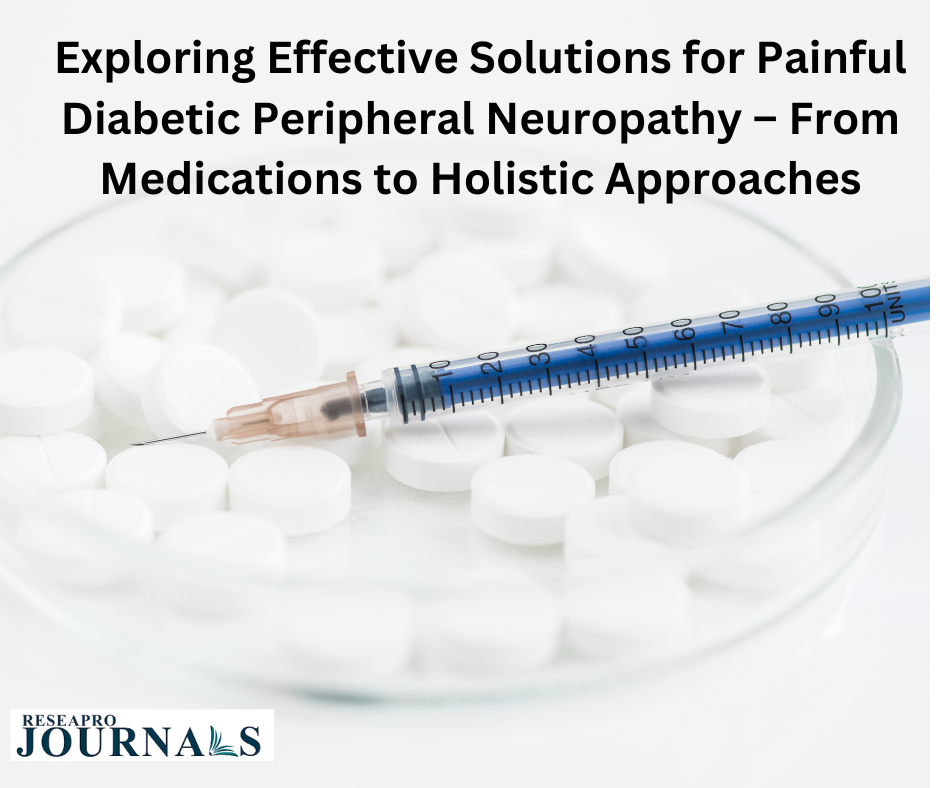|
Getting your Trinity Audio player ready...
|
Diabetic peripheral neuropathy (DPN) is a common and often debilitating complication of diabetes, affecting nearly half of all diabetics. This nerve damage results in burning pain, tingling, numbness, and weakness in the feet and legs, significantly impacting quality of life. While there’s no cure for DPN, managing blood sugar levels and employing a multimodal approach can offer significant relief.
Medical Solutions:
- Pain medications: Over-the-counter pain relievers like acetaminophen and ibuprofen can provide initial relief for milder pain. For more severe cases, prescription medications like pregabalin, duloxetine, and gabapentin may be used. These medications target nerve signals and can help dampen pain perception.
- Antidepressants: Certain antidepressants, like amitriptyline, can effectively manage neuropathic pain even though they don’t directly address the underlying nerve damage.
- Topical treatments: Capsaicin cream, derived from chili peppers, can desensitize nerve endings and provide temporary pain relief. Lidocaine patches offer similar benefits.
- Spinal cord stimulation: For severe, intractable pain, this implantable device sends electrical impulses to the spinal cord, interrupting pain signals before they reach the brain.
-
Holistic Approaches:
- Blood sugar control: Maintaining optimal blood sugar levels slows nerve damage progression and can potentially reverse some existing damage. Regular monitoring, dietary adjustments, and medication adherence are crucial.
- Physical therapy: Exercises designed to improve flexibility, strength, and balance can minimize pain and improve mobility.
- Foot care: Regular foot checks, proper footwear, and meticulous hygiene are essential to prevent infections and skin ulcers, common complications of DPN.
- Lifestyle modifications: Smoking cessation, moderate alcohol consumption, and stress management techniques can all contribute to pain management and overall well-being.
Emerging Therapies:
- Plasma exchange and immune globulin:Â These therapies target inflammatory processes thought to contribute to DPN pain.
- Stem cell therapy:Â Early research suggests stem cells may have the potential to repair damaged nerves and alleviate pain.
Finding the Right Combination:
The most effective approach to DPN management is often a personalized combination of medical and holistic therapies. Working closely with your healthcare team is key to creating a treatment plan that addresses your specific needs and pain severity. Remember, managing DPN is a continuous process, and adjustments may be needed over time.




